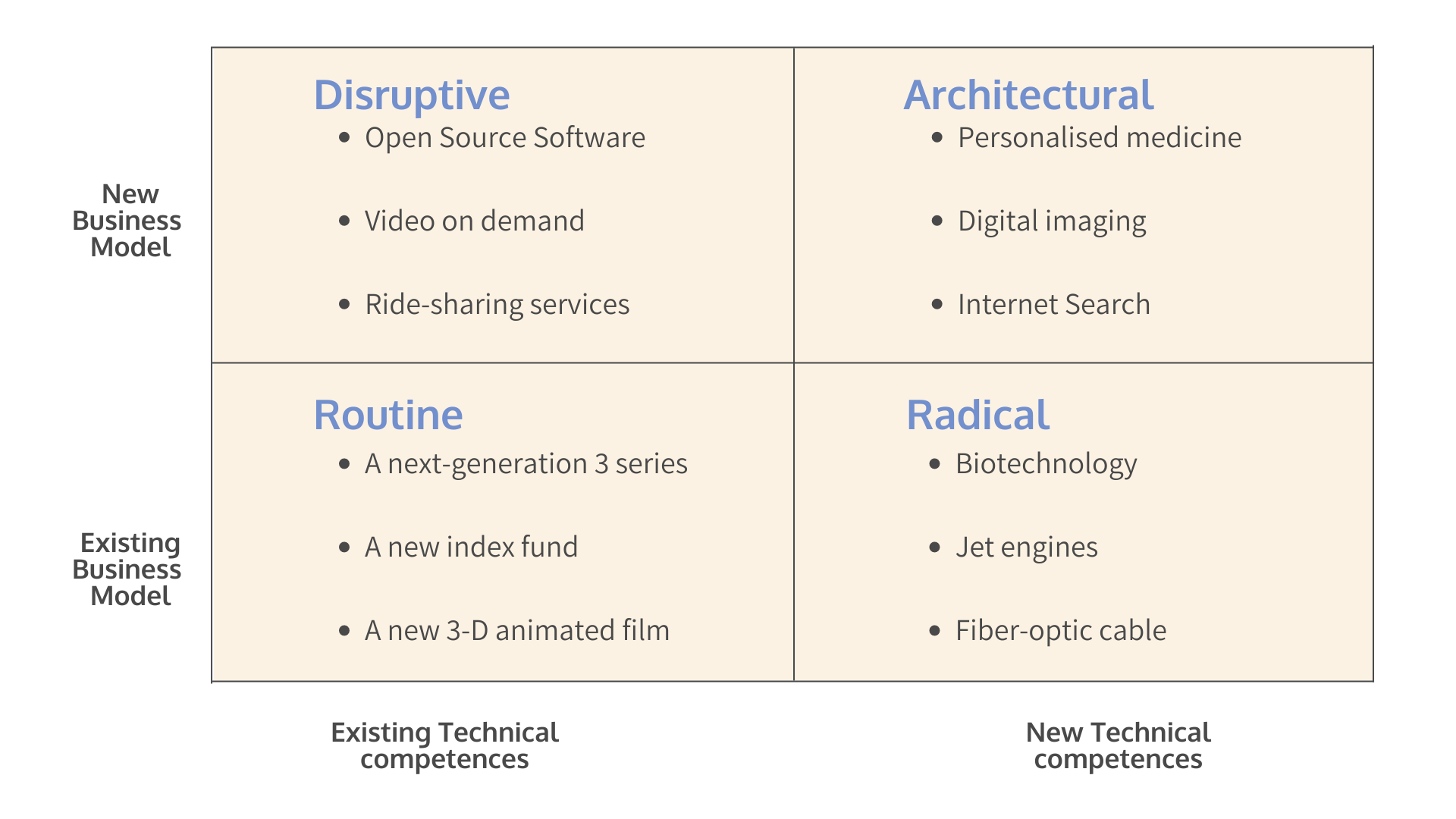Corporate innovation refers to deliberately promoting original and out-of-the-box thinking within the company environment. To achieve this, many firms set up offices in co-working or other shared spaces to get to know startups and identify future markets for potential collaborations.
Corporate innovation. Corporate innovation solutions. Corporate innovation. Corporate innovation solutions. Corporate innovation.
Despite the significant managerial time and financial commitments, corporate innovation is still a tricky goal for many businesses to achieve. Successful innovators struggle to maintain their performance in the long-term scenario.

Source: O’Loghlin, J. (2016), “Innovation is a state of mind”
Why is it so difficult to develop and sustain the ability to innovate?
The main cause is related to the lack of an innovation strategy. A strategy can be defined as a dedication to a group of consistent, mutually reinforcing rules or actions intended to accomplish a certain competitive objective. Good strategies help a company’s teams align, reach common agreements and priorities, and tackle them. However, corporations rarely define plans to tie their innovation initiatives to their business strategy.
In the following article, you will learn why you need to innovate, which kind of innovations will allow you to create value for your customers, and how to benefit from them.
Corporate innovation is important for increasing a company’s revenues as well as for offering new products and services. Moreover, it is the key driver in maintaining a competitive advantage in the marketplace.
A company’s financial performance in terms of revenue growth and profitability was shown to be positively correlated with the number of implemented creative ideas, according to prior MIT Sloan research based on a sample of 154 organisations. Additionally, the market’s continual change represents an important factor. Businesses must respond swiftly to changing consumer demands in order to better meet current issues and “unexpected” scenarios.
Therefore, you should ask yourself: what are the obstacles preventing my business from innovating?
Technological innovation unquestionably contributes significantly to economic value creation and competitive advantage. However, not all significant innovations necessarily involve cutting-edge technology. Many businesses have mastered the art of business model innovation during the past couple of decades. Companies can therefore decide how much of their energy they want to dedicate to technological innovation and how much to invest in business model innovation.
The innovation landscape map provides a useful representation of these two dimensions and of the importance given to them. Based on this, 4 different categories of innovation are explained:

Source: Innovation Landscape Map (Pisano, 2015)
Businesses should not focus on choosing one type and ignoring the others. In fact, many forms of innovation can eventually work better together than against one another. Without their numerous breakthroughs, Intel, Microsoft, and Apple would not have been able to lay the groundwork for routine innovations bringing in enormous amounts of revenue. On the other hand, a business that launches a disruptive breakthrough but is unable to follow it up with a steady stream of improvements won’t be able to fend off new competitors for very long.
A corporation whose core business is mature may need to look for chances through radical technical advancements and business model improvements. However, a business with quickly expanding platforms would undoubtedly want to devote the majority of its resources to creating and enhancing them.
Innovation is not adding value unless it increases potential customers’ willingness to pay, saves them money, or offers greater benefits compared to the competition. Innovation can undoubtedly add value in a variety of ways. It could enhance a product’s functionality, make it simpler or more convenient to use, or more affordable. Because the skills needed for each are very diverse and take time to develop, it is crucial to decide what kind of value your innovation will provide and stick with it.
Innovations that add value draw copycats as quickly as they draw customers. Intellectual property is rarely enough to keep out these competitors. Copycats may lower the value of the original innovation. Furthermore, if suppliers, distributors, and other businesses necessary to deliver an innovation are powerful enough, they could be able to negotiate in their favour.
Companies need to consider what complementary resources, skills, offerings, or services could discourage clients from switching to competitors and maintaining their own dominance in the ecosystem.
You can not do everything alone. A common assumption inside the company is that all innovations need to be initiated and implemented internally. In reality, it can represent a major blocker. Being open to external help can lead to a variety of undiscovered opportunities. Moreover, it is not only about developing new ideas for products or services. Knowing what is going on in the market, what your competitors are doing, and what the newest trends are is just as important.
However, this type of knowledge can not be acquired simply by brainstorming. External tools are needed. Therefore, every company should assess and quantify the information they gathered about the external environment and whether they should take some type of innovative approach to filling in the gap.
Let Novable be your startup scout. We provide great solutions both for promoting collaboration between big corporations and innovative startups and for market research.
The lack of an appropriate strategy negatively impacts the way toward corporate innovation. Set up procedures and frameworks that establish how your organisation looks for innovative solutions to unique issues, assemble concepts into business plans and product design, and decide which projects to fund. Feed your innovation system.
Did you find this article interesting? Let us know what you think on LinkedIn!